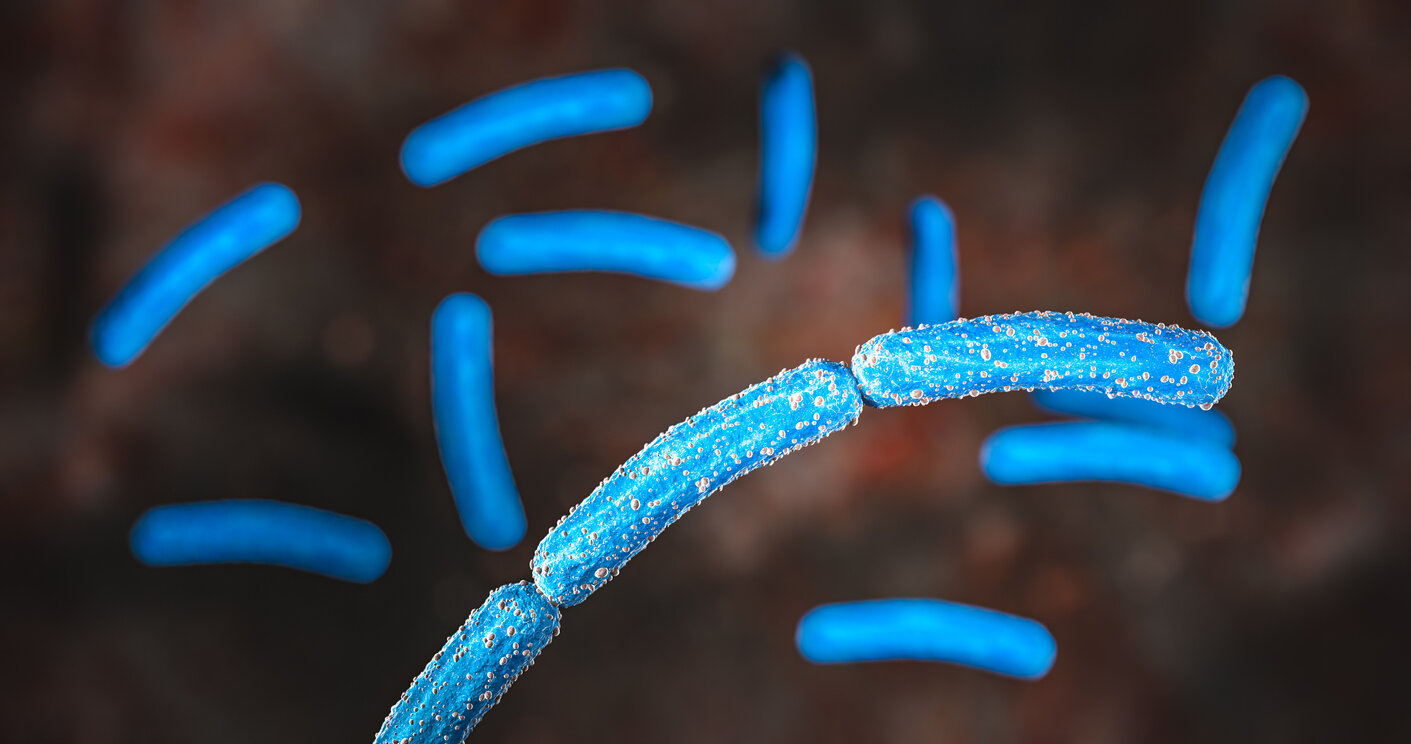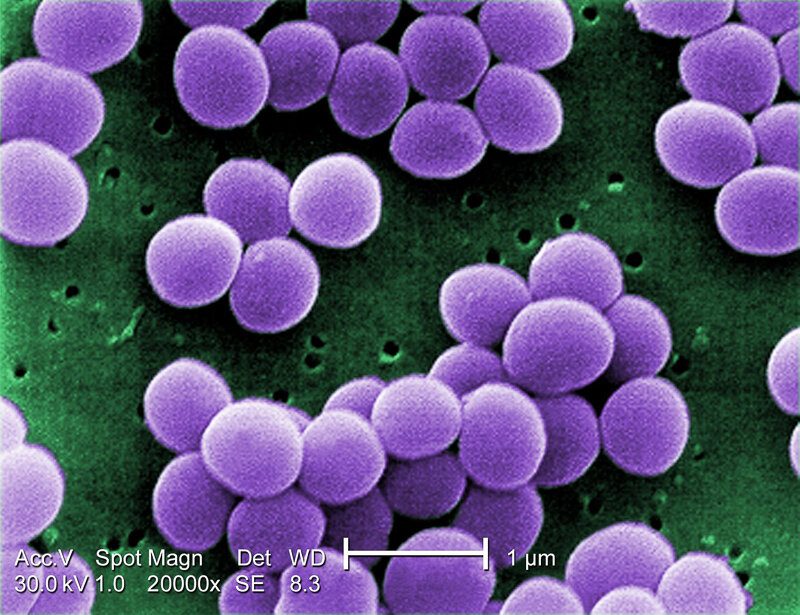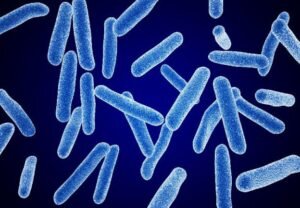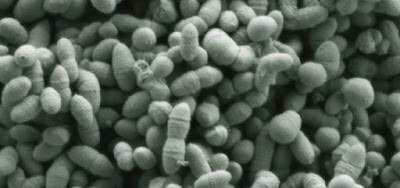Phylum Dive: Firmicutes
Firmicutes is a one of the major phyla in the human gut, having the highest abundance of gut bacteria. The phylum consists of many beneficial bacteria but also some problematic bacteria at higher levels compared to the healthy cohort. For example, high levels of certain species of Firmicutes have been seen in patients with obesity, type II diabetes, and Irritable Bowel Syndrome. Other bacteria belonging to Firmicutes are major producers of short chain fatty acids that have many beneficial health implications: protection against Inflammatory Bowel Disease, diabetes, obesity, and cancer.
Firmicutes Keystone Species
Keystone species are bacteria that play crucial roles in the human gut, even though they aren’t necessarily seen at high abundances.






As seen above:
Bacillus spp. have been known to have antimicrobial properties making them beneficial to human health.
Eubacterium rectale is a butyrate producer. It also plays an important role in the fermentation of amino acids and uptake of sugars. Increasing your intake of fruits, vegetables and fibers can increase your Eubacterium rectale levels.
Faecalibacterium prausnitzii is the most abundant microbe in the human gut, and lower levels of Faecalibacterium prausnitzii compared to the healthy cohort have been noted in individuals with Crohn's Disease. Because Faecalibacterium prausnitzii can use many types of sugars and amino acids, it is able to produce short chain fatty acids such as butyrate, formate, and lactate. Faecalibacterium prausnitzii is important in maintaining homeostasis in the gut and works as an anti-inflammatory agent in mice.
Lactobacillus spp. are some of the biggest lactic acid producers; lactic acid aids in anti-microbial functions in the gut. Certain species also regulate cell death and assist the immune system. For example, Lactobacillus reuteri is used in probiotics and is helpful in killing harmful pathogens . However, compared to healthy cohorts, higher levels of Lactobacillus spp. have been seen in individuals with Autism Spectrum Disorder, but patients with Crohn's Disease show a lower abundance of beneficial Lactobacillus spp.
Roseburia spp. produce butyrate, propionate, and acetate through the fermentation of insoluble carbohydrates. They are overall a beneficial genus, with reduced levels in individuals with colorectal cancer and type II diabetes. Exercising and eating fruits, vegetables, and fibers can increase levels of Roseburia spp.
Ruminococcus spp. is a favorable genus with high abundances seen in healthy individuals. However, increased levels compared to healthy individuals have been noted in people with Irritable Bowel Syndrome. Lower abundances of Ruminococcus bromii have been seen in individuals who keep an animal-based diet; eating foods rich in fruits, vegetables, and fibers can increase levels of Ruminococcus bromii.
Works Cited:
Hasan, Nihal, and Hongyi Yang. “Factors Affecting the Composition of the Gut Microbiota, and Its Modulation.” PeerJ 7 (August 16, 2019): e7502. https://doi.org/10.7717/peerj.7502.
Jandhyala, Sai Manasa, Rupjyoti Talukdar, Chivkula Subramanyam, Harish Vuyyuru, Mitnala Sasikala, and D Nageshwar Reddy. “Role of the Normal Gut Microbiota.” World Journal of Gastroenterology : WJG 21, no. 29 (August 7, 2015): 8787–8803. https://doi.org/10.3748/wjg.v21.i29.8787.
Kagele, Dominique and Ph.D. “The ‘Skinny’ on Gut Microbes and Your Health.” The Jackson Laboratory. Accessed July 1, 2021. https://www.jax.org/news-and-insights/jax-blog/2015/may/the-skinny-on-gut-microbes-and-your-health.
Rajilić-Stojanović, Mirjana, and Willem M de Vos. “The First 1000 Cultured Species of the Human Gastrointestinal Microbiota.” Fems Microbiology Reviews 38, no. 5 (September 2014): 996–1047. https://doi.org/10.1111/1574-6976.12075.
Rinninella, Emanuele, Pauline Raoul, Marco Cintoni, Francesco Franceschi, Giacinto Abele Donato Miggiano, Antonio Gasbarrini, and Maria Cristina Mele. “What Is the Healthy Gut Microbiota Composition? A Changing Ecosystem across Age, Environment, Diet, and Diseases.” Microorganisms 7, no. 1 (January 10, 2019): 14. https://doi.org/10.3390/microorganisms7010014.


